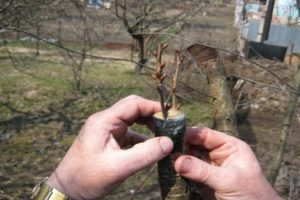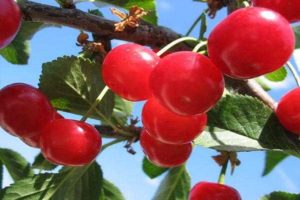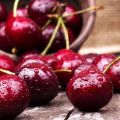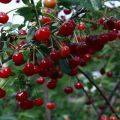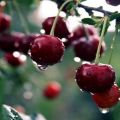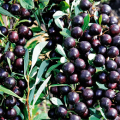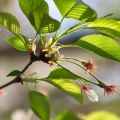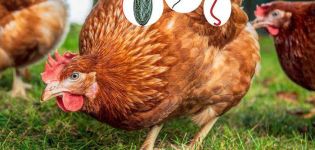Description and characteristics of the Brunetka cherry variety, cultivation features and history
Cherry variety Brunetka has many advantages. In order to harvest a large, high-quality crop every year, it is necessary to take a responsible approach to the choice of a seedling and a place for planting. When certain conditions are created and taking into account the rules for caring for the crop, you will not have to face diseases and pests, and the fruits will be juicy and sweet. Care involves the establishment of a watering regime, fertilization and pruning.
History of the origin of the variety
The Brunetka variety was bred by two breeders, Kh. K. Yenikeev and SN Satarova, by free pollination of the Zhukovskaya cherry variety. In 2001, the variety was included in the State Register for the Central Region of the Russian Federation.
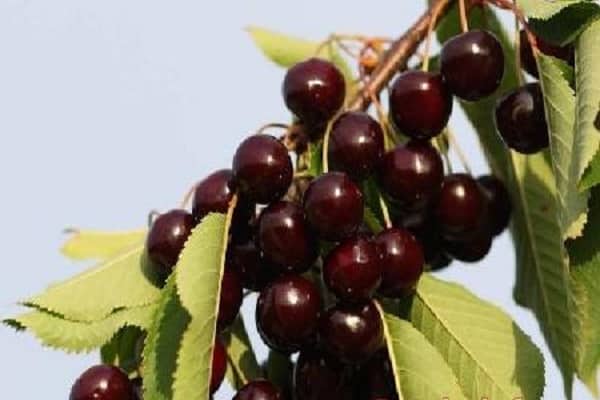
Description of the variety
In the description of the variety, it is indicated that the cherry is medium-sized, growing up to 2.5 meters. The crown is spreading, formed in the form of a ball, of medium density. The oblong leaves are dark green in color, with small rounded teeth at the edges. During flowering, small white flowers open.
The fruits themselves are small, rounded-flattened. The weight of one cherry reaches 4 g. The dense skin is distinguished by its maroon color. The pulp is juicy, dark red. The oval bone is easily separated from the ripe pulp. The berries are firmly attached to the stalk, so they do not crumble. Ripening begins at the end of July.

The advantages of the variety include:
- consistently high fruiting;
- cherries safely tolerate drought;
- high resistance to low temperatures;
- ripe fruits do not crumble for a long time and do not crack.
The weak point of the Brunetka variety is its poor resistance to fungal diseases.
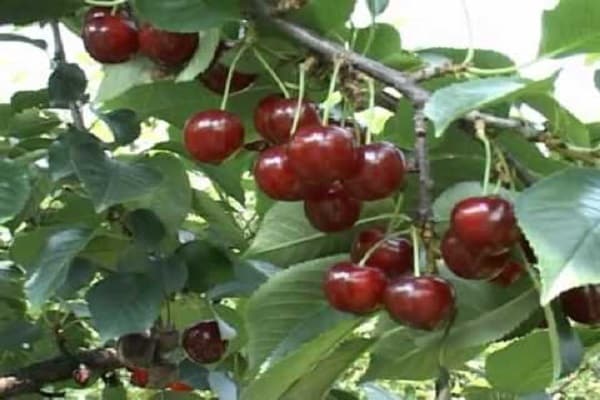
Landing rules
The Brunetka variety is planted in an open area, free for sunlight and heat. Cherries develop well in fertile, loose soil, which is characterized by high aeration and neutral acidity.
Planting work begins at the end of April, when there is no risk of frost return, and the weather is warm and dry for long days. Saplings planted in spring take root better and adapt to a new location.
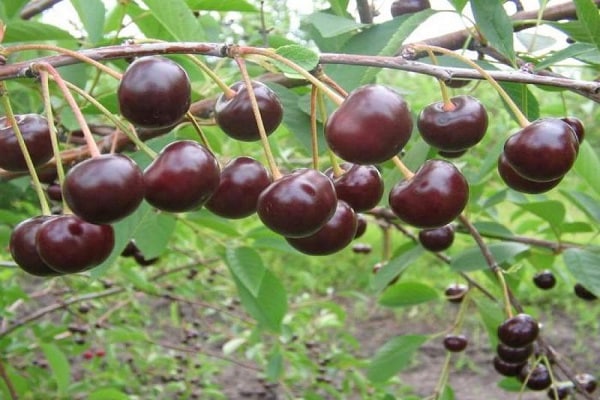
They dig a hole 60 cm deep, and a drainage layer of crushed stone or expanded clay must be laid on the bottom. Then a layer of soil is poured with the addition of mineral and organic fertilizers. After that, the usual soil is again filled up and watered.
Selected seedlings are planted in the prepared planting hole and covered with earth and watered with warm, settled water.

Care features
Cherry Brunetka is unpretentious and quickly adapts to any conditions. But to increase the yield, you must follow the rules of care.
Trimming and shaping
Cherry formation includes several points:

- trimming side branches;
- thinning foliage;
- removal of damaged, dry and excess branches;
- rejuvenation of culture.
From the central trunk of the cherry, there are many side branches that grow in three tiers. They begin to prune them after their length reaches 50 cm. Pruning begins with branches that are below 40 cm from the ground.

Watering
Since the Brunetka cherry continues to develop even without a sufficient amount of moisture, watering is carried out only a few times during the entire growing season: during flowering, ovary formation, after leaves fall.
A month before the expected harvest, irrigation is stopped, even if the weather is dry. Excessive soil moisture leads to cracking of the berries and their rotting.
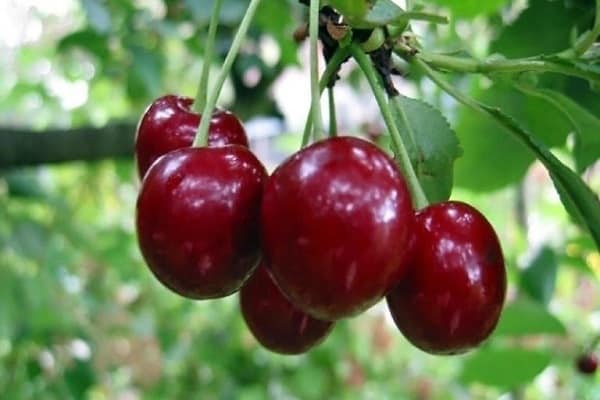
Fertilizers
If fertilizers were applied to the soil during planting, then the supply of nutrients will last for 2-3 years. After two years, fertilization is carried out according to the following scheme:
- feeding is necessary after the flowering period;
- re-fertilization is carried out two weeks later.
Fertilizers must contain potassium, phosphorus and nitrogen. Immediately after feeding, the near-stem zone of the cherry is watered with water. This contributes to a better distribution of nutrients.
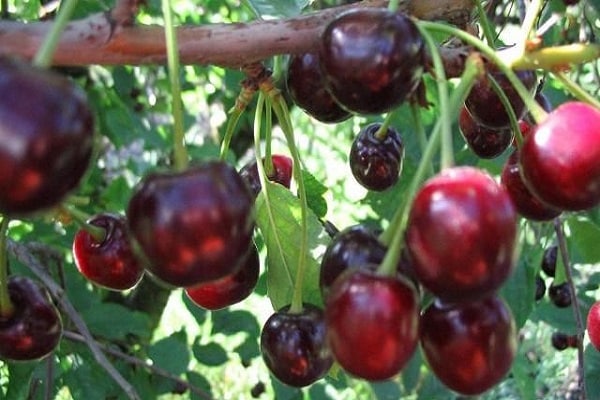
Pests and diseases
Cherry varieties Brunetka are damaged by the following pests:
- cherry aphid feeds on plant sap, which leads to drying of the crown;
- adults and larvae of weevils damage the buds, ovaries, flowers, bones, as a result, yield decreases;
- sawfly larvae eat the leaves, the plant develops slowly or completely stops growing;
- moth caterpillars feed on buds, leaves, buds and ovaries.
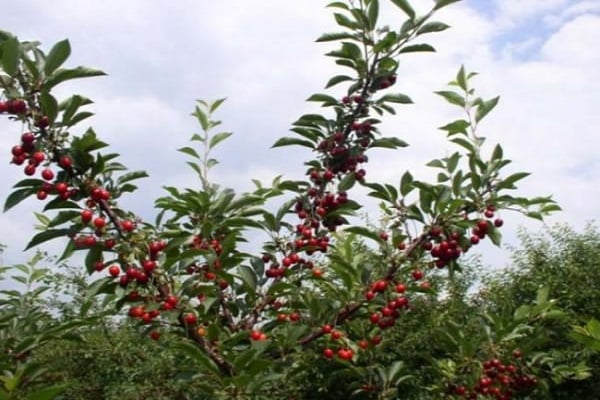
Most often, cherry infestation occurs with diseases such as:
- clasterosporium disease develops as a result of excess moisture and heat, brown spots appear on the leaves and fruits, which then turn into holes;
- the fungal disease anthracnose at high humidity affects fruit bones, the berries themselves are covered with tubercles with a brown bloom;
- fire blight leads to damage to branches and bark, they turn black and dry, buds do not bloom.
If a problem is found, they immediately begin to fix it. Otherwise, not only will the harvest decrease, but the whole tree will also die.
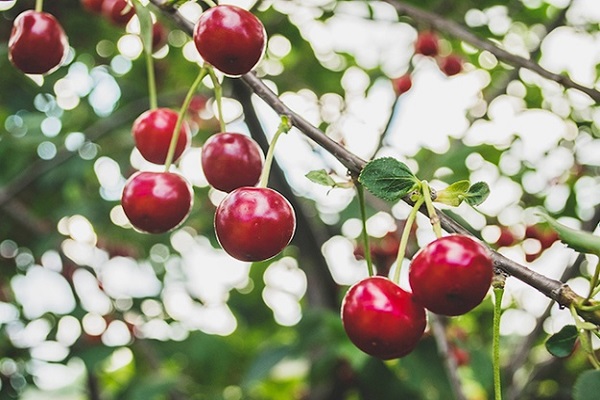
Prevention
To avoid problems, preventive measures are taken:
- weeds must be destroyed around the tree trunk;
- in the fall it is recommended to loosen the soil in the near-trunk zone;
- pruning and thinning of the crown should be carried out regularly;
- it is important to set the correct watering regime.
As a preventive measure, solutions are used based on copper sulfate or potassium permanganate, which are sprayed on the crown of a cherry.

